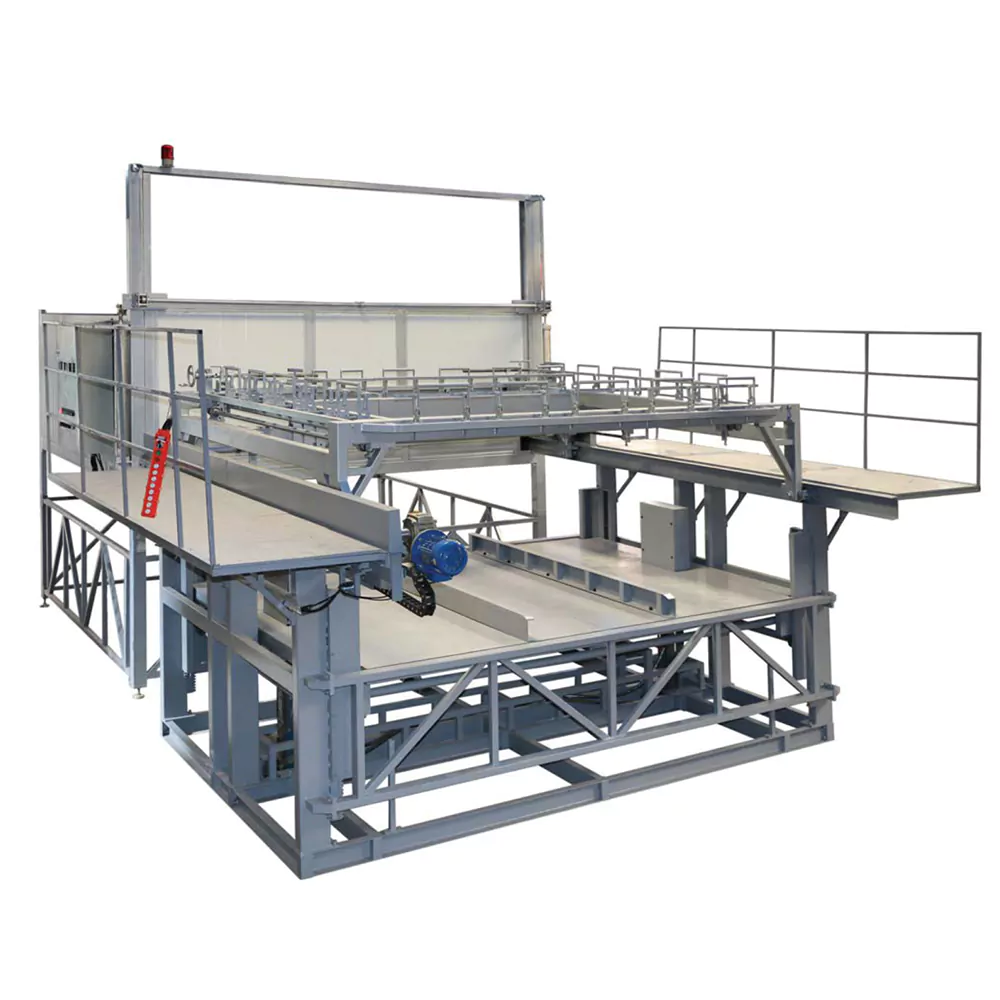A bathtub vacuum forming machine is a manufacturing machine capable of making bathtub-shaped parts of various colors. These components can be used in a variety of different applications. These parts can be made from plastic film or even printed molds.
Plastic sheeting
The bathtub vacuum forming machine is a kind of equipment for producing bathtub plastic cloth. These machines are used to shape and shape plastic films into different shapes. They have two main parts: the oven and the vacuum system. The vacuum system first pulls the plastic sheet onto the mold. This tightens the plastic sheet and shapes it to fit the mold. After the plastic sheet is formed, the vacuum is released and the process is complete.
Some machines have pyrometers that provide accurate temperature readings. This tool works with the machine’s computer control system and provides accurate temperature readings. Another feature of some tub vacuum formers is the inclusion of a stopper assist. This unit forces a small amount of air into the mold and distributes the sheet evenly before applying vacuum.
High impact polystyrene board
High impact polystyrene sheet is a versatile thermoplastic material. Tubular sheet is an affordable material with excellent dimensional strength and heat resistance. The material is available in a variety of colors, from glossy to matt to embossed. It can be easily processed and relatively inexpensive.
Aluminum mold
Composite molds are a good choice if you are looking for a low-cost alternative to aluminum tub molds. These molds are filled with resin, which is initially liquid and hardens over time. With the right process, composite molds can produce high-quality parts. You can also use vacuum-formed plastic sheets for model airplane parts.
The vacuum injection molding process is mainly used for small products or prototypes. The type of material used to make the mold also depends on the desired surface finish. The most common material for molds is aluminum, but other materials such as steel or fiberglass can also be used. Aluminum is favored for its ease of processing and thermal conductivity.
The first step in vacuum forming is to create the pattern. A schema is a template for a specific object to be formed. This is a relatively inexpensive method that allows customers to make design changes to the model. This pattern is then used to create cast aluminum or ceramic composite molds for conventional production. In some cases, the pattern may include holes or drafts.
Print mold
The first step in printing a bathtub vacuum mold is to determine the size of the mold. Large molds take up a lot of space, so choosing the right size is critical. Second, make sure you can create a draft angle on all sides of the mold. This will help release the plastic from the mold more easily. Whether male or female, each side of the mold should have at least three additional degrees of taper, and that taper should increase in proportion to the height of the model. Also, keep in mind that rounded corners are easier to extract than right angles.
Additionally, printing will help reduce tool and die production time. Printers can bring CAD designs to life in as little as an hour. They also enable designers to add functionality without increasing design costs. In this way, you can quickly create unique designs at low cost.
Materials suitable for vacuum forming
Bathtub vacuum forming machines can be used to produce a variety of products including bathtubs, shower enclosures and special packaging. Its advantages include ease of production, high flexibility and low cost. Various shapes can be created using a variety of molding materials.
The most popular thermoplastic used for this purpose is polystyrene. It’s durable, easy to use, and has good impact and weather resistance. It can also be used to form a range of different shapes. The disadvantage is that it is not suitable for outdoor use, and molding too quickly will burn the surface. The main applications of polystyrene are fast food trays and single-use plastic silverware. In addition, it is used for disc jackets and egg cartons.
Department ending on the type of bathtub you need to manufacture, a bathtub vacuum forming machine can handle many different materials. Some of these materials are difficult to form using conventional methods, so choosing the best material for this application is an important decision. While vacuum forming is the best option for bathtubs that do not require intricate details, pressure forming is best for more complicated shapes. Acrylic is one such material. The vacuum forming machine grips a sheet of acrylic and vacuums it for a few minutes before depositing the finished product. The process can take up to 45 minutes, depending on the number of cooling fans. Then, a resin-saturated “chop” is deposited on the mold and the final product is ready for use.






